Table Does Not Exist Sql
When working with SQL databases, encountering errors is not uncommon. One of the most common errors that developers come across is the “Table Does Not Exist” error. This error occurs when a query is executed, and the specified table is not found in the database. In this article, we will discuss the common causes of this error and provide solutions to overcome them.
1. Syntax Error in SQL Statement:
One of the common causes of the “Table Does Not Exist” error is a syntax error in the SQL statement. It can occur due to missing or misplaced keywords, incorrect use of quotation marks, or improper use of operators. To resolve this issue, carefully review the SQL statement and ensure that it follows the correct syntax and proper conventions.
2. Misspelled Table Name:
Misplacing or misspelling the table name in the SQL statement is another frequent cause of this error. The table name mentioned in the query must match the actual table name in the database. Take caution when typing the table name and verify that it is accurate.
3. Case Sensitivity Issue:
SQL is case-insensitive when it comes to keywords, but it is case-sensitive for table and column names in most databases. Therefore, if the table name in the query is in a different case than the actual table name, the error may occur. Make sure to match the case of the table name exactly as it is defined in the database.
4. Table Not Created:
If the table does not exist in the database, the error will be thrown. This can happen if the table has not been created yet or if it was accidentally deleted. In such cases, the solution is to create the table using the CREATE TABLE statement before executing any queries referencing it.
5. Table Dropped or Renamed:
If a table is dropped or renamed after an SQL statement is created, the “Table Does Not Exist” error can occur. Existing queries that reference the dropped or renamed table will fail. To resolve this, update the affected queries to reference the correct table name or restore the dropped table from a backup.
6. Database Connection Issue:
Sometimes, the error can be caused by a database connection issue. If the connection is not established correctly or if it is disrupted during the query execution, the table may not be found, resulting in the error. To resolve this, ensure that the database connection is established correctly and remains active throughout the execution of the query.
7. Insufficient Privileges:
If the user executing the SQL query does not have sufficient privileges to access the table, the “Table Does Not Exist” error may occur. The privileges required to execute queries on a table include SELECT, INSERT, UPDATE, and DELETE permissions. Verify that the user has the necessary privileges to access the table in question.
FAQs
1. What does the “Table Does Not Exist” error mean?
The “Table Does Not Exist” error occurs when an SQL query references a table that is not found in the database.
2. How can I fix the “Table Does Not Exist” error?
To fix this error, check for syntax errors, ensure that the table name is spelled correctly, match the case of the table name, create the table if it doesn’t exist, update queries after table renaming or restoration, verify the database connection, and ensure that the user has sufficient privileges.
3. Why am I getting the “Table Does Not Exist” error even when the table exists?
If you are encountering this error despite the table’s existence, double-check the database connectivity, the correctness of the schema or database name, and the user’s privileges to access the table.
4. Are there different variations of the “Table Does Not Exist” error?
Yes, the error message may vary slightly depending on the specific database and programming language being used. Some variations of this error include “Table does not exist mysql,” “Table does not exist postgres,” “Table user doesn’t exist mysql,” “SQL error in the database when accessing a table,” “Table is unknown or does not exist,” “cx_oracle databaseerror ora-00942: table or view does not exist,” “Table doesn’t exist in engine mariadb,” and “Database doesn’t existtable does not exist SQL.”
In conclusion, when encountering the “Table Does Not Exist” error in SQL, it is important to check for syntax errors, verify the accuracy of the table name, consider case sensitivity, ensure that the table exists and is not dropped, check the database connection, and confirm the user’s privileges. By addressing these common causes, you can effectively resolve this error and ensure the smooth execution of your database operations.
#1932 – Table Doesn’T Exist In Engine Phpmyadmin Error || Mysql Database Error
How To Solve Ora 00942?
Oracle Database is a powerful software application that provides a reliable and scalable solution for storing, managing, and retrieving vast amounts of data. However, like any complex system, it occasionally encounters errors that can be frustrating to decipher and resolve. One such error is the ORA-00942 error, which is a common issue faced by Oracle Database users. In this article, we will delve into the causes of the ORA-00942 error and explore various methods to solve it effectively.
What is the ORA-00942 error?
The ORA-00942 error is a runtime error that occurs when an Oracle Database user attempts to execute a SQL statement or access a table, view, or synonym and is denied due to insufficient privileges. The error message associated with ORA-00942 typically reads as follows:
“ORA-00942: table or view does not exist”
This error message may seem straightforward, but it can manifest in different scenarios with different implications. Understanding the possible causes of this error is crucial to resolving it successfully.
Possible causes of the ORA-00942 error
1. Insufficient privileges: The most common cause of the ORA-00942 error is that the user executing the SQL statement lacks the necessary privileges to access the table or view. This could be due to not being granted the required permissions explicitly or not belonging to a role with adequate privileges.
2. Schema or table name misspelled: Another common cause of the ORA-00942 error is a misspelled schema or table name in the SQL statement. Even a minor typographical error can prevent Oracle Database from locating the intended table or view and result in the ORA-00942 error.
3. Synonym missing or invalid: A synonym is an alternative name for a table or view that allows users to refer to objects in a different schema conveniently. If a synonym referenced in the SQL statement is missing or invalid, Oracle Database will fail to locate the intended object, leading to an ORA-00942 error.
4. Object dropped or renamed: If a table or view referenced in the SQL statement was dropped or renamed after the same statement was initially compiled, subsequent attempts to access the object will trigger the ORA-00942 error.
Solving the ORA-00942 error
Resolving the ORA-00942 error involves identifying and addressing the specific cause of the issue. Here are some effective methods to help you solve this error:
1. Check privileges: Start by verifying that the user executing the SQL statement possesses the appropriate privileges to access the required table or view. Connect to the database as a privileged user, such as SYSTEM or SYS, and use the GRANT command to grant the necessary privileges explicitly to the user. Additionally, ensure that the user is not missing any required roles.
2. Double-check schema and table names: Review the SQL statement and confirm that all schema and table names are spelled correctly. Even a small typo can cause the ORA-00942 error. If you find any errors, correct them and try executing the SQL statement again.
3. Verify synonyms: If you are using synonyms to refer to tables or views, ensure that the synonyms exist and are valid. You can query the DBA_SYNONYMS or USER_SYNONYMS view to check the status of the synonyms. If necessary, recreate the synonyms or fix any issues with them.
4. Verify object existence: If the error occurs after an object has been dropped or renamed, ensure that the referenced object still exists in the database. If the object has been renamed, modify the SQL statement to use the new name of the object.
5. Refresh object metadata: In some cases, the metadata about a table or view may become stale, causing the ORA-00942 error to occur incorrectly. To resolve this, you can execute the following command as a privileged user: “EXEC DBMS_UTILITY.INVALIDATE(schema, object_type, object_name);”. Replace “schema” with the appropriate schema name and specify the object type and name accordingly.
FAQs
Q: Can the ORA-00942 error occur when accessing system tables?
A: Yes, the ORA-00942 error can occur when accessing system tables. However, users generally do not have direct access to system tables, and it is not recommended to modify or access them without proper knowledge and privileges.
Q: How can I check my privileges in Oracle?
A: To check your privileges in Oracle, you can query the DBA_SYS_PRIVS or USER_SYS_PRIVS view. These views provide information about the system privileges granted to each user.
Q: Why do I still get the ORA-00942 error even after granting the necessary privileges?
A: If you still encounter the ORA-00942 error after granting the required privileges, ensure that the user is not missing any necessary roles that grant indirect privileges. Additionally, ensure that the user is connecting to the correct schema and not unintentionally accessing an object in another schema.
Q: Is it possible to recover data from a table or view after the ORA-00942 error occurs?
A: The ORA-00942 error does not directly relate to data loss. It is an error related to accessing database objects. If the table or view itself has not been altered, it should still contain the data. Once the ORA-00942 error is resolved, data should be accessible again.
In conclusion, the ORA-00942 error can be frustrating, but with a systematic approach and a clear understanding of the potential causes, it is possible to resolve this error effectively. By checking privileges, verifying object names and synonyms, and taking necessary steps to address any dropped or renamed objects, you can overcome the ORA-00942 error and continue working with your Oracle Database smoothly.
Why Is My Table Not Showing In Sql?
Structured Query Language (SQL) is a programming language used for managing and manipulating relational databases. This powerful language allows users to create, modify, and retrieve data from tables. However, there are instances when you might encounter issues with your tables not showing up in SQL. If you’re facing this problem, it can be frustrating and puzzling. This article aims to delve into the various reasons why your table may not be visible in SQL, and provides possible solutions to help you resolve the issue.
1. Incorrect Database Selection:
One common reason for the table not showing in SQL is an incorrect database selection. It’s essential to ensure you are connected to the appropriate database before checking for the existence of tables. Use the “USE” statement to select the database in SQL, like this: “USE your_database_name.”
2. Case Sensitivity in Table Names:
SQL is generally case-insensitive for keywords, but it may be case-sensitive for table names depending on the database system being used. For instance, while MySQL is case-insensitive by default, PostgreSQL is case-sensitive. Ensure that you are specifying the table name correctly, following the exact casing used during its creation.
3. Permission Issues:
Permissions can often cause tables to be invisible in SQL. If you’re using a database management system like MySQL, ensure that the user you are logged in as has the necessary privileges to view tables. You may need to grant SELECT permissions to the user for the specific table or the entire database. If you don’t have the necessary administrative privileges, contact your database administrator or try connecting with a user account that has the required permissions.
4. Table Not Yet Created:
If you’re unable to find your table in SQL, it’s possible that the table has not been created yet. Double-check your code or schema creation steps to ensure the table creation is executed successfully. If a table is not created, you won’t be able to see it.
5. Different Schema or Namespace:
Tables can exist within different schemas or namespaces in SQL. If your table doesn’t appear to be visible, check whether it is contained within a different schema. You might need to query the table using the fully qualified name such as “schema.table_name” to locate it correctly.
6. Misspelled Table Name:
Another possible reason for a table not showing up in SQL is a misspelled table name. Ensure that the table name you are querying matches the exact spelling and case used during the creation of the table. A slight deviation can result in the table being unrecognized by the SQL engine.
7. Incorrect Query Syntax:
Errors in your SQL query can cause the table to be hidden from the result set. Ensure that you have used the correct syntax and have included the necessary keywords such as SELECT or FROM, along with the table name. Review your query for any syntax errors that might be causing the issue.
FAQs:
Q1. Why am I still not able to see my table even after trying these solutions?
A: If none of the suggested solutions helped, there might be a possibility that the table has been accidentally dropped or deleted. Check if any other users or scripts might have modified the database. You could also review your database logs for any relevant information or consider restoring from backups.
Q2. Can SQL database updates or software upgrades affect the visibility of tables?
A: It’s unlikely that routine database updates or software upgrades, when done correctly, would cause tables to disappear. However, unexpected errors or issues during the update process can lead to data loss or table corruption. Ensure you have backups of your database before performing any significant updates.
Q3. Are there any tools or utilities that can help in locating missing tables?
A: Yes, various database management tools provide features to help locate missing tables or troubleshoot database issues. Tools like SQL Server Management Studio, MySQL Workbench, or pgAdmin offer graphical interfaces where you can browse databases, tables, and schemas visually. These tools can assist in identifying and resolving problems with missing tables.
In conclusion, when your table is not showing in SQL, ensure that you have correctly selected the database, used the appropriate table name and casing, and have the necessary permissions. Double-check the query syntax and consider other factors like different schemas or accidental table deletion. By following these steps and troubleshooting methods, you should be able to locate your missing table and resume your database operations smoothly.
Keywords searched by users: table does not exist sql table does not exist mysql, table does not exist postgres, table user doesn t exist mysql, sql error in the database when accessing a table, table is unknown or does not exist, cx_oracle databaseerror ora-00942: table or view does not exist, table doesn t exist in engine mariadb, database doesn t exist
Categories: Top 94 Table Does Not Exist Sql
See more here: nhanvietluanvan.com
Table Does Not Exist Mysql
MySQL is a widely used relational database management system that provides a flexible and efficient way to store and retrieve data. However, users sometimes encounter errors while working with MySQL. One common error that they may come across is the “Table does not exist” error. In this article, we will delve into the causes of this error, explore different solutions to fix it, and address some frequently asked questions related to this issue.
Causes of the “Table does not exist” error in MySQL:
1. Typographical Errors: One of the most common causes of this error is a simple typographical mistake while referencing a table in a query. For instance, using incorrect capitalization or omitting or misspelling the table name can result in the error message.
2. Incorrect Database Selection: If the table is located in a different database than the one currently selected, MySQL will not be able to find the table. Users should double-check the database selection before attempting to access the table.
3. Table Renaming or Dropping: If a table has been renamed or dropped, any queries referencing the old table name will yield the “Table does not exist” error. This situation commonly occurs when developers modify their database structure without updating the queries accordingly.
4. Permission Issues: In some cases, insufficient privileges can be the reason for the error. If a user does not have the necessary permissions to access a particular table, MySQL will display this error message.
Solutions to resolve the “Table does not exist” error in MySQL:
1. Double-Check Table Name: The first step to resolving this error is to ensure that the table name mentioned in the query is correct. Take care to consider letter case sensitivity as MySQL is case-sensitive by default. Correct any typographical errors and re-run the query.
2. Verify Database Selection: If the error persists, check if the table is in the selected database. Use the “USE database_name;” command to switch to the correct database where the table is located.
3. Review Table Renaming or Dropping: If the table was renamed or dropped, modify the queries to reference the correct table name. Additionally, ensure that corresponding changes are made in any stored procedures, triggers, or views that may reference the table.
4. Grant Appropriate Permissions: If the user does not have sufficient privileges to access the table, grant them the necessary permissions. This can be done through the GRANT statement, allowing specific privileges on the table to the user.
Frequently Asked Questions (FAQs):
Q1. Can the “Table does not exist” error occur while creating a table?
A1. No, this error typically occurs when attempting to access an existing table. If you encounter this error while creating a table, it may indicate a syntax error in the CREATE TABLE statement.
Q2. Does the “Table does not exist” error impact other queries and tables?
A2. No, this error is isolated to the query referencing the table that does not exist. Other queries and tables in the database will remain unaffected.
Q3. Can I recover data from a table that was dropped?
A3. Unfortunately, if a table was dropped, the data within it is no longer accessible. It is crucial to regularly backup your databases to prevent data loss.
Q4. What steps should I take to prevent this error from occurring?
A4. To avoid encountering the “Table does not exist” error, consistently double-check query syntax and table references. Perform regular backups to mitigate data loss risks, and keep your database structure in sync with queries, especially after table renaming or dropping.
In conclusion, the “Table does not exist” error in MySQL primarily occurs due to typographical errors, incorrect database selection, table renaming or dropping, and permission issues. By following the appropriate solutions outlined in this article, users can troubleshoot and resolve this error effectively. Remember to be cautious while referencing tables and ensure proper database maintenance to minimize the occurrence of this error in the future.
Table Does Not Exist Postgres
When working with a PostgreSQL (Postgres) database, you may encounter an error message stating “table does not exist.” This error can be frustrating, especially when you believe the table is there and should be accessible. In this article, we will dive into the causes of this error, understand its implications, and provide troubleshooting tips to resolve it effectively.
Understanding the Error – Why Does the “Table Does Not Exist” Error Occur?
The “table does not exist” error occurs when the system attempts to access a table that it cannot find in the database. This can happen due to several reasons, including:
1. Typographical Errors: One of the most common causes of this error is a misspelled or incorrect table name. Ensure that the table name is accurate and is exactly the same as declared during its creation.
2. Schema Mismatch: PostgreSQL organizes tables into schemas, which act as logical containers. If you are not referencing the correct schema or the table is present in a different schema, the error can be triggered. Specify the correct schema in your query to access the table.
3. Database Connectivity: Sometimes, the error can occur if the connection between the application and the database server is disrupted. Ensure that the database is up and running, and the correct connection parameters are set in your application.
4. Permission Issues: PostgreSQL has a robust permission system to restrict access to tables. If the user executing the query does not have the necessary permissions, the error may occur. Double-check the user privileges and grant necessary permissions for accessing the table.
Troubleshooting the “Table Does Not Exist” Error
Now that we understand the potential causes, let’s explore some troubleshooting steps to resolve the error:
1. Verify Table Existence: Confirm the existence of the table in the database by running the `\dt` command in the Postgres command-line interface or through a GUI tool like pgAdmin. Check for any typos or naming discrepancies between the query and the actual table.
2. Check Schema: If the table exists in a specific schema, ensure that you prepend the schema name along with the table name in your query. For example, if the table “employees” belongs to the “public” schema, use `SELECT * FROM public.employees` instead of just `SELECT * FROM employees`.
3. Reestablish the Connection: Ensure that the database server is running and accessible. Verify the connection parameters provided in your application code or configuration files and establish a successful connection to the database. Test the connection to rule out any underlying connectivity issues.
4. Grant Necessary Permissions: If the error persists, verify that the user executing the query has sufficient privileges to access the table. Grant the appropriate privileges using the `GRANT` command, ensuring that the user has privileges to access the schema containing the table as well.
Frequently Asked Questions (FAQs)
Q1. Why do I see the “table does not exist” error even when the table is present?
A1. This error can occur due to typographical errors, incorrect table names, or mismatches between the schema and table being referenced. Check for such discrepancies and ensure accurate naming and schema references.
Q2. How can I confirm the existence of a table in PostgreSQL?
A2. Use the `\dt` command in the Postgres command-line interface or a GUI tool like pgAdmin to view a list of tables present in the current database.
Q3. Can table ownership impact the “table does not exist” error?
A3. Yes, table ownership plays a role in accessing the table. Ensure that the user executing the query has the necessary ownership or privileges to access the specified table.
Q4. Is this error specific to PostgreSQL only?
A4. The specific error message “table does not exist” pertains to PostgreSQL databases. However, similar errors with different wording can occur in other database management systems.
Q5. How can I prevent this error from occurring in the future?
A5. To prevent this error, ensure consistent naming conventions, double-check table names before executing queries, and review permissions regularly to grant necessary access.
Q6. What other troubleshooting steps can I take if the error persists?
A6. If the error persists, consider restarting the database server, verifying the integrity of the database files, or seeking assistance from your system administrator or database support team.
In conclusion, encountering the “table does not exist” error in PostgreSQL can be frustrating, but with a systematic approach to troubleshooting, it can be resolved effectively. By understanding the potential causes and implementing the troubleshooting tips provided in this article, you can overcome this error and regain access to your tables in Postgres.
Table User Doesn T Exist Mysql
MySQL is a popular relational database management system (RDBMS) that is widely used for storing, organizing, and managing data. It provides a powerful and flexible environment for developers to create and manipulate tables within their databases. However, one common error that MySQL users often encounter is the “Table ‘user’ doesn’t exist” error.
This error typically occurs when a query references a table named “user” that doesn’t exist in the specified database. If the table is not present, MySQL cannot execute the query and throws an exception. In this article, we will explore the causes of this error and provide possible solutions to resolve it.
Causes of the “Table ‘user’ doesn’t exist” error:
1. Incorrect database selection:
The most common cause of this error is selecting the wrong database before executing a query. If the query refers to the ‘user’ table in a database that you haven’t selected, MySQL will throw an error since it cannot find the table in the current database. Make sure to check your database selection using the `USE` statement before running any query.
2. Typographical errors:
Another common cause of this error is typographical errors in the query. Even a small typo in the table name can lead to the error. For example, if you misspell ‘user’ as ‘usre’ in your query, MySQL won’t be able to find the table, resulting in the error message. Ensure that you spell the table name correctly in your queries.
3. Missing table:
If you have recently migrated your database or made changes to the table structure, it is possible that the ‘user’ table doesn’t exist anymore. This can happen if you have renamed or dropped the table. In such cases, you need to modify your queries to reference the correct table name.
4. Inadequate privileges:
MySQL provides different user roles with varying permissions to access and manipulate tables. If the current user doesn’t have appropriate privileges to access the ‘user’ table, you may encounter this error. Ensure that the user you are using has the necessary privileges to interact with tables in the selected database. You can grant the required privileges using the `GRANT` statement.
Possible solutions to resolve the error:
1. Verify the database selection:
Double-check that you have selected the correct database before running your query. Use the `USE` statement to switch to the desired database. For example, use `USE mydatabase;` to select the ‘mydatabase’ database.
2. Review your query for typos:
Inspect your query for any spelling mistakes or typographical errors. Pay close attention to the table name mentioned in the query and ensure that it matches the actual table name. Correct any incorrect spellings to eliminate the error.
3. Check for table existence:
Confirm whether the ‘user’ table exists in the database you are working with. You can do this by running the `SHOW TABLES` command or using a database management tool like phpMyAdmin. If the table is missing, consider creating it again or modifying your queries to use an existing table.
4. Grant appropriate privileges:
If the user executing the query doesn’t have sufficient privileges, you need to grant the necessary permissions. Use the `GRANT` statement to assign the required privileges to the user. For example, use `GRANT SELECT, INSERT, UPDATE, DELETE ON mydatabase.user TO ‘myuser’@’localhost’;` to grant basic access privileges to the ‘user’ table in the ‘mydatabase’ database.
FAQs:
Q: Why does MySQL mention the ‘user’ table?
A: The ‘user’ table is a system table in MySQL responsible for managing user accounts and access privileges. If your query references the ‘user’ table, it means you are dealing with user authentication or authorization aspects of MySQL.
Q: Can I rename the system ‘user’ table?
A: It is not recommended to rename or modify the system ‘user’ table as it can cause unintended consequences and compatibility issues with MySQL’s internal processes. It is best to handle your custom tables separately.
Q: How can I troubleshoot other MySQL errors?
A: Apart from the “Table ‘user’ doesn’t exist” error, MySQL may throw various other errors related to table creation, data manipulation, syntax, or connection issues. To troubleshoot such errors, carefully review the error message and refer to the official MySQL documentation or community forums for guidance.
In conclusion, the “Table ‘user’ doesn’t exist” error in MySQL usually arises due to incorrect database selection, typographical errors, missing tables, or inadequate privileges. By ensuring the correct database selection, eliminating typos, verifying table existence, and granting appropriate privileges, you can resolve this error and successfully execute your queries in MySQL.
Images related to the topic table does not exist sql

Found 38 images related to table does not exist sql theme


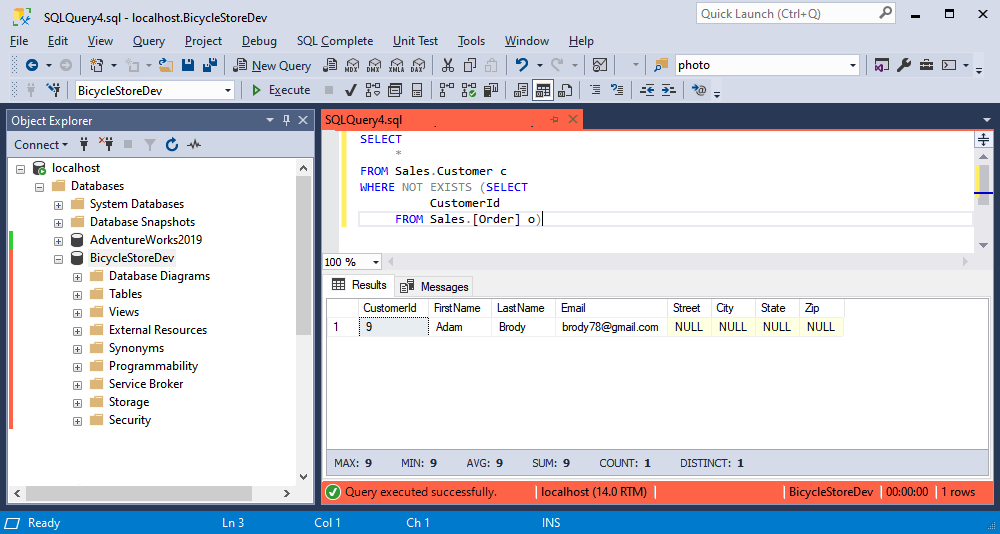













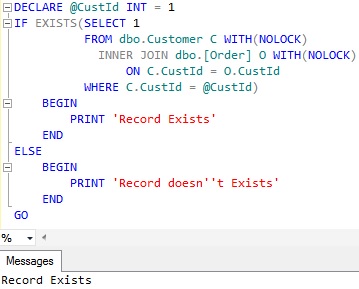

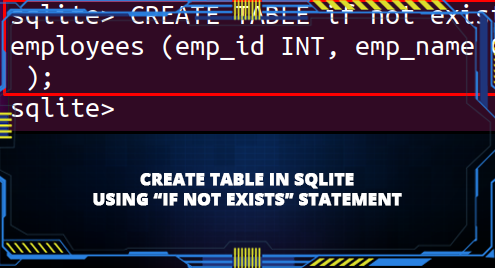
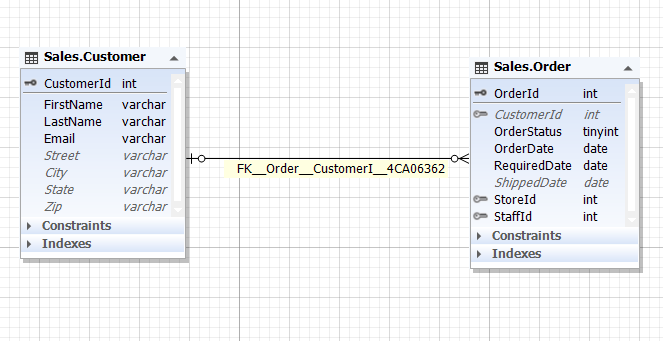
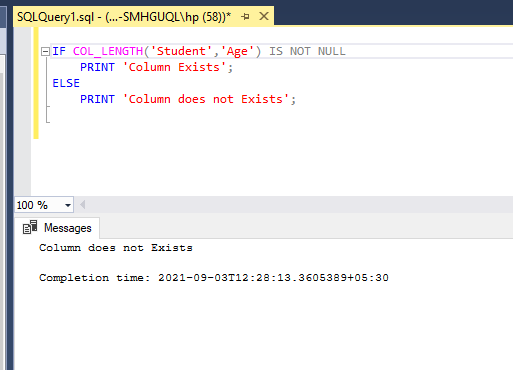


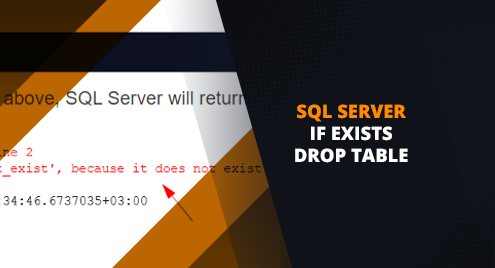

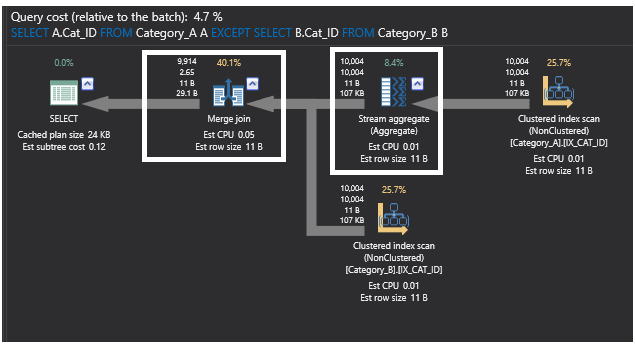

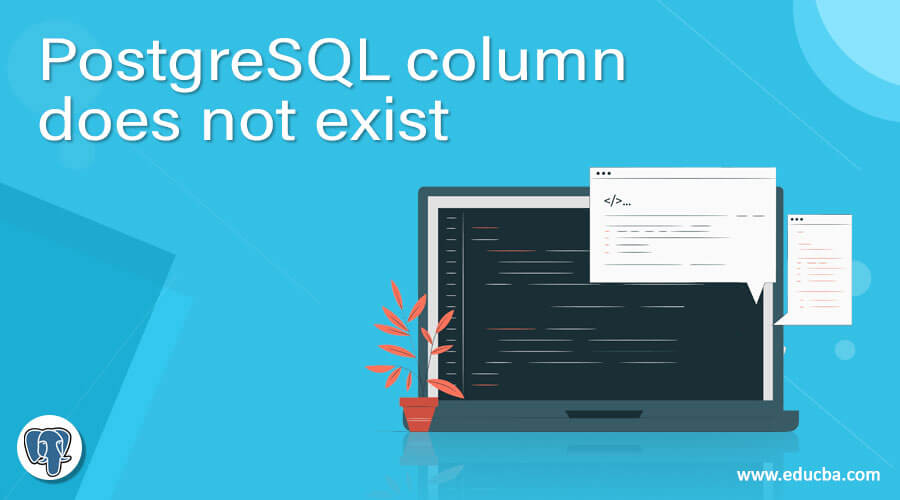

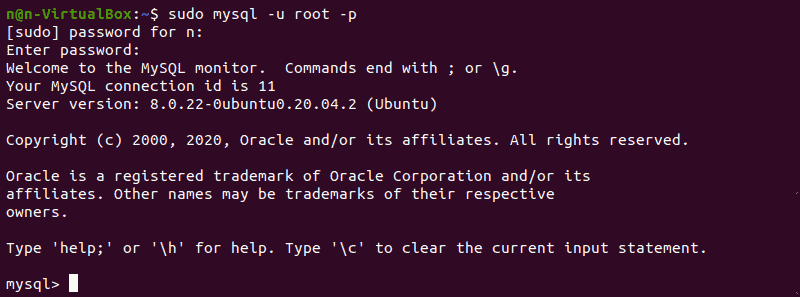



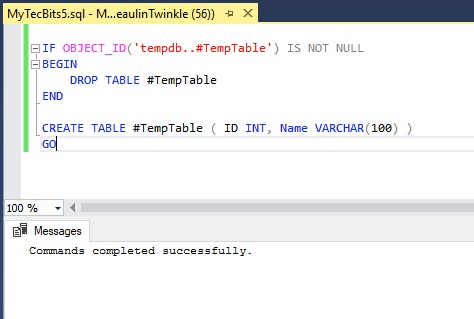




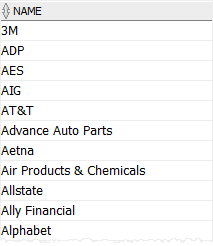





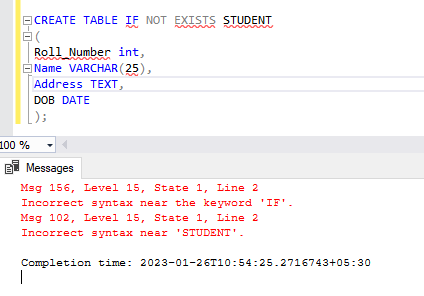


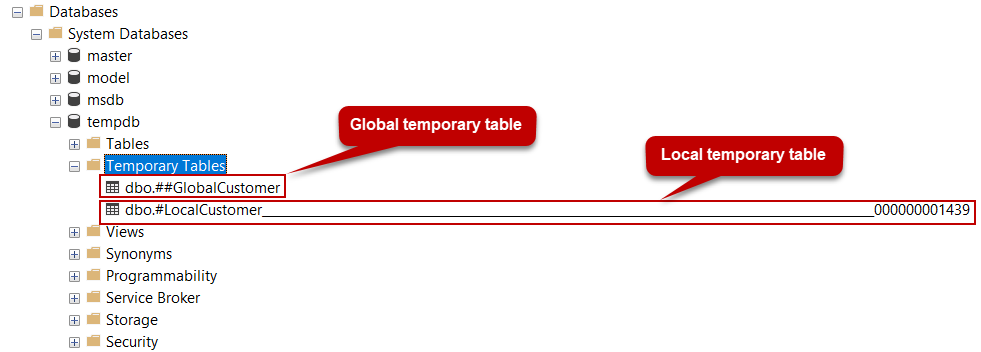

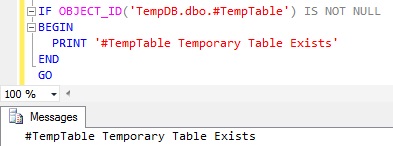
Article link: table does not exist sql.
Learn more about the topic table does not exist sql.
- SQL Table does not exist – Stack Overflow
- Why am I getting table does not exist error?
- ORA-00942 Error Message – TekStream Solutions
- Why is SQL Runner not showing all of my tables?
- How To Use The SQL NOT EXISTS and EXISTS Operator?
- SQL EXISTS Operator – W3Schools
- How To Solve SQL Error ORA-00942: Table Or View Does Not …
- SQL Error: relation “schema.table” does not exist”
- ORA-00942 table or view does not exist Solution
- ORA-00942 Error Message – TekStream Solutions
- How to Select All Records from One Table That Do Not Exist in …
See more: nhanvietluanvan.com/luat-hoc